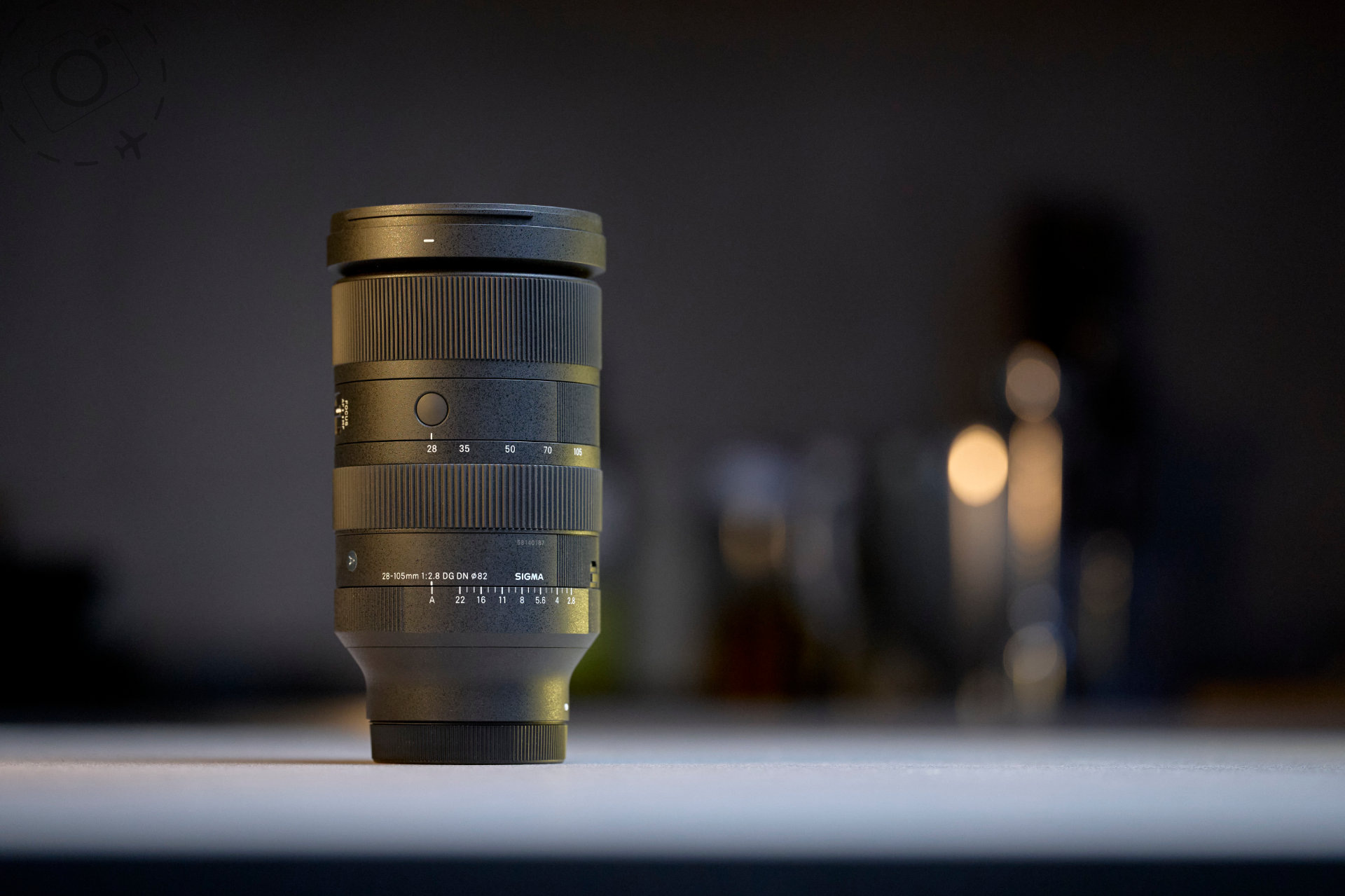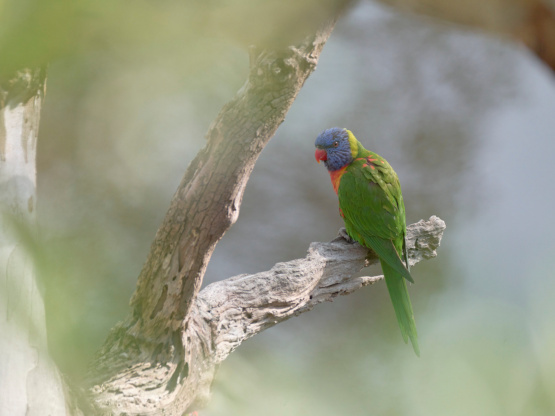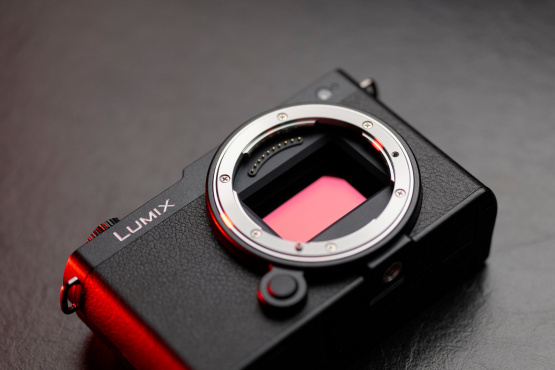Welcome to my detailed hands-on with the new Sigma 28-105 2.8 DG DN ART, available for Sony E-mount and L-mount. I'm road testing this lens around Melbourne with my LUMIX S5II. The short version of this review is very simple. This 28-105mm is a very, very professional lens that delivers a bright and contrasty image. It will appeal for both video and stills when excellent coverage and quality are required. It will slot right into weddings, interviews, and editorial work. And seeing as I don't shoot weddings and my channel is mostly about photography, not video, I decided to take this lens onto the streets of Melbourne to play with shadows and light.
[ YouTube version also available ]
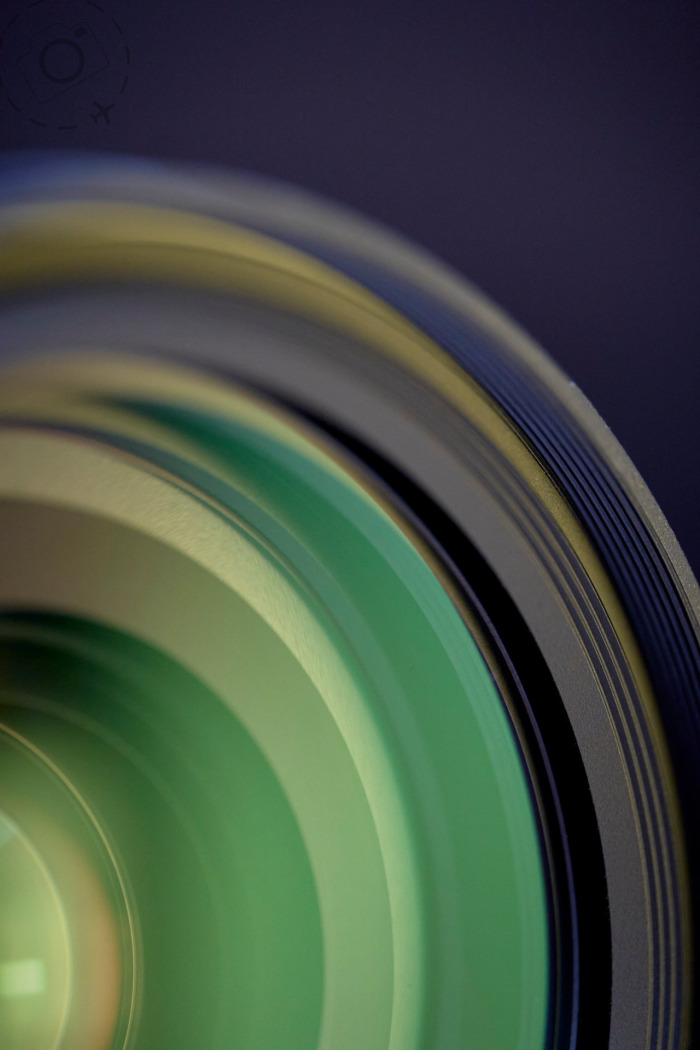

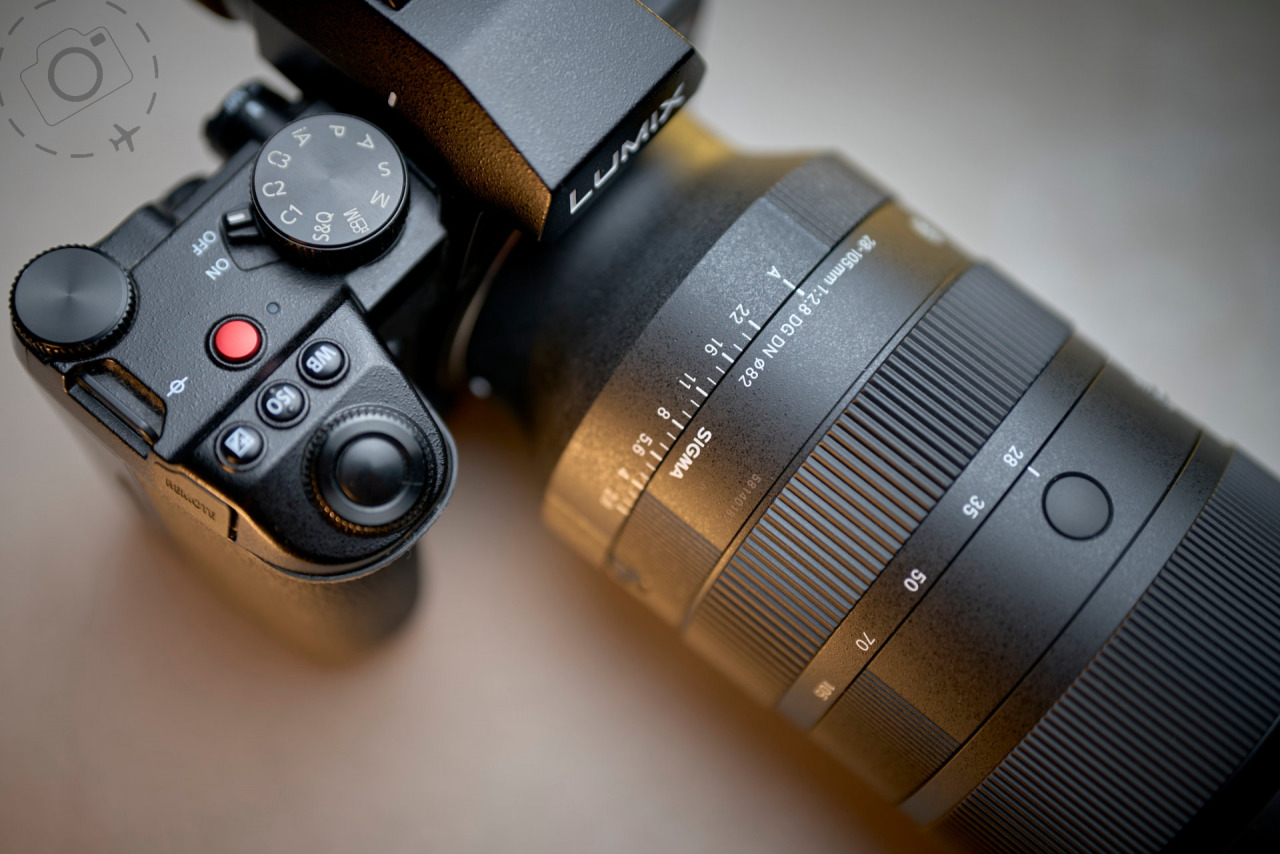
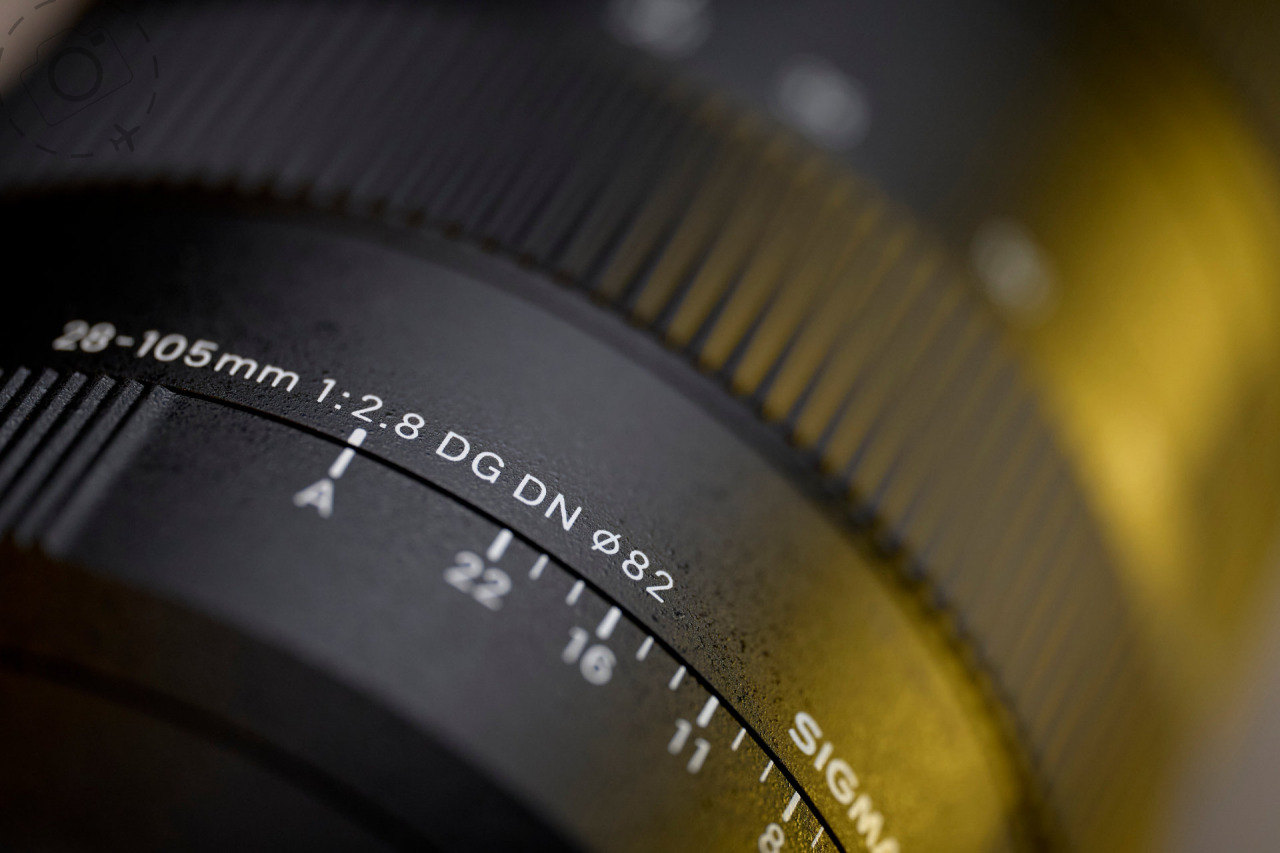

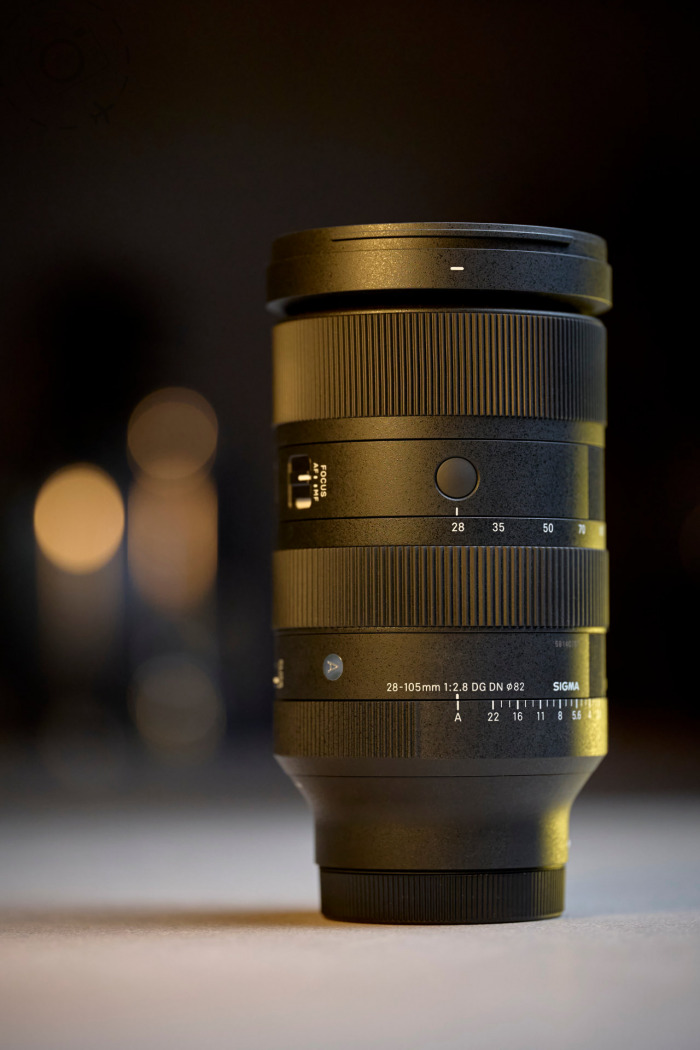
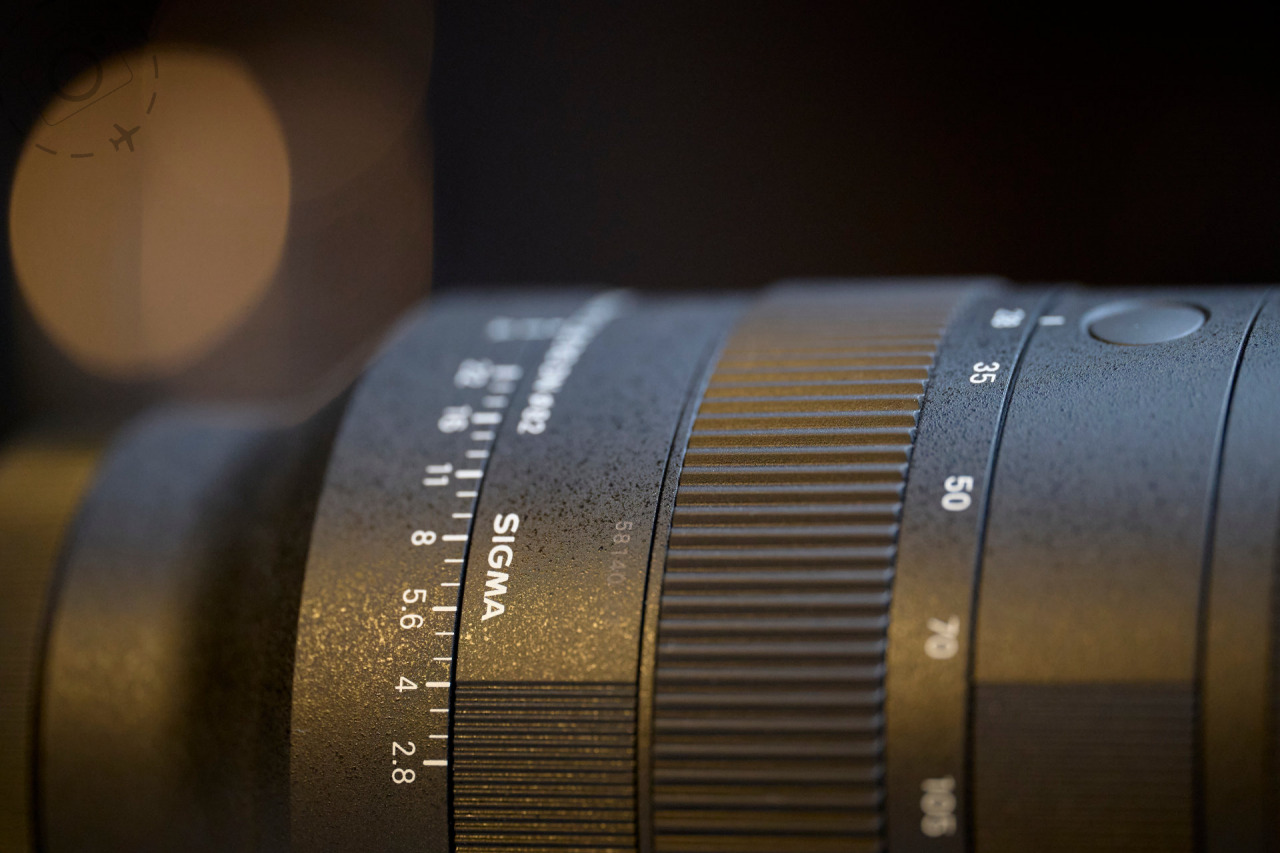
FAST AND BRIGHT
This is not a one-size-fits-all lens, which is good, because I am not a fan of that level of compromise. I don't want an 18-600mm lens that tries to do everything but does it badly. I like my lenses to be very good at what they do. I'm a professional photographer and I shop for quality.
Let's start our look at the Sigma 28-105mm F2.8 by taking a close look at the build quality. This lens is just a little bit different to any other lens I've seen from Sigma. There's almost a texture to the finish of the material, like a micro texture. Maybe a composite material of some sort. It's hard to describe the feel of it, but it's very light and also very rigid. There is no flex to this lens at all when you zoom in and out. It's super solid.
I do know they've got a little magnesium alloy in there helping to keep the weight down below one kilogram. Clearly they've been working to a very specific goal with this design, to achieve a specific weight range and performance. This is a classic L-mount design with all the corrections for vignetting and distortion encoded on a chip so your camera body has access to that information in real time. That's part of how they squeeze the maximum speed and flexibility out of the form factor.
And the performance is mostly what I care about. I care about the brightness and contrast that comes through in the images.

URBAN STYLE
I've been shooting with the Sigma 28-105mm F2.8 for a couple of weeks now, taking it around town where I live and pushing into direct sunlight or moody skies and looking for where the urban environment matches up with this lens. And it delivers a gorgeous bright and sharp image. This level of quality is something that professional photographers often take for granted. We're always choosing the best lenses money can buy, and so we expect a very high standard of image. Not all zoom lenses will deliver that standard.
Affordable lenses come with compromise and many folks will choose something a little less sharp or a little less bright or with a wider zoom range. And they won't always expect the image quality that a SIGMA ART series lens can deliver. Some people will shop for convenience before quality.
Once you've spent a little bit of time with a lens like this though, it really does make sense. The autofocus is super fast. Its weight is nicely balanced with that of the LUMIX S5II, they make a great combo.
This lens is It's very precise. It's a level of quality I would not have normally expected from a mid-range zoom lens. I've avoided buying into this zoom range for most of my career, because I like my fast prime lenses and especially on mirrorless systems. But there are times when you just need a zoom to get the job done right. Video especially. When filming interviews you often need fine adjustments to the focal-length to match your composition. This is a superb range for a heli-shoot. Weddings and live performances are another example of when the 28-105mm range is so very appealing. And a lot more appealing at f2.8 than f4.
Maybe that sounds a little over the top some folks :) Can those numbers really be so different? In practical terms, that's just another stop of light. But that's a big deal when you're shooting indoors in bad light and every stop counts. This is an art series f2.8, which means it's got lovely sharp contrast even when pushed wide open. It's good to the last drop.
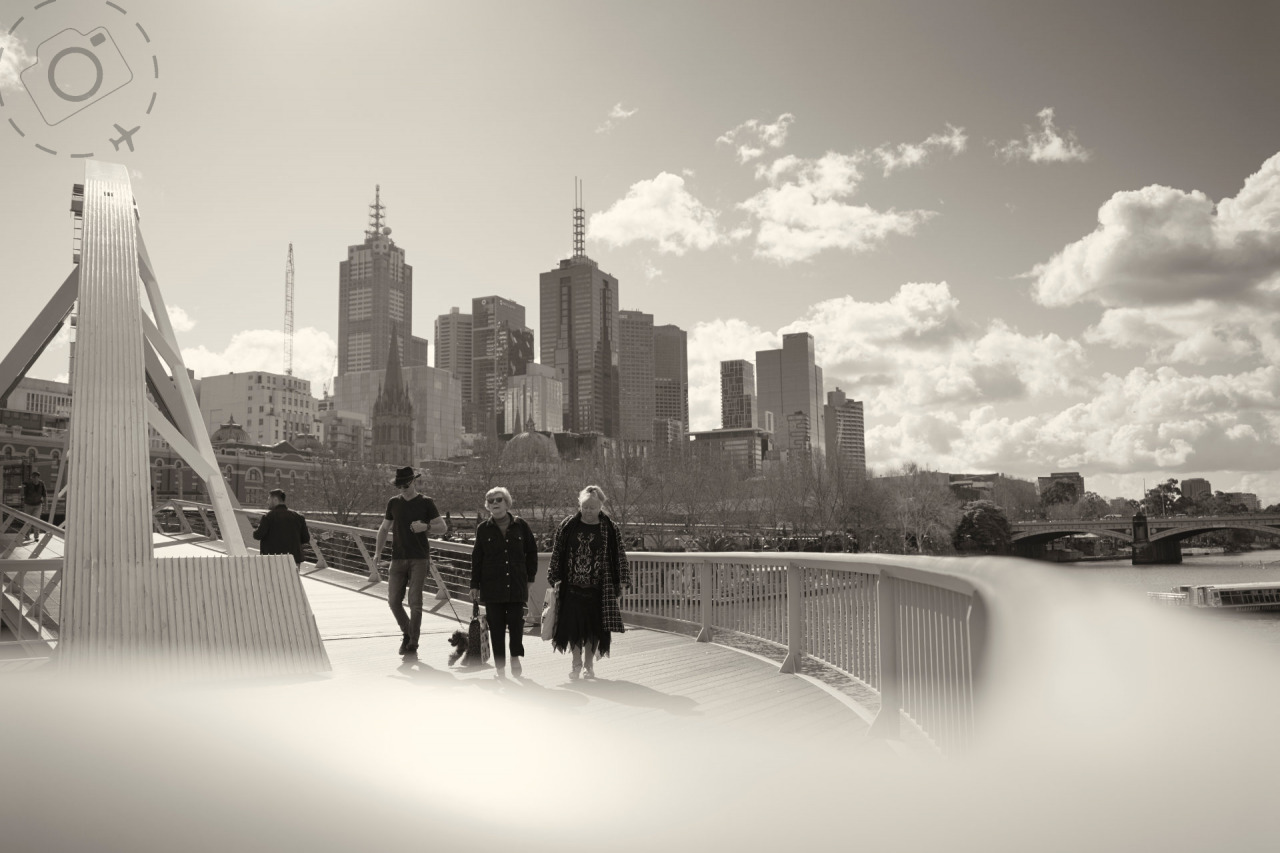
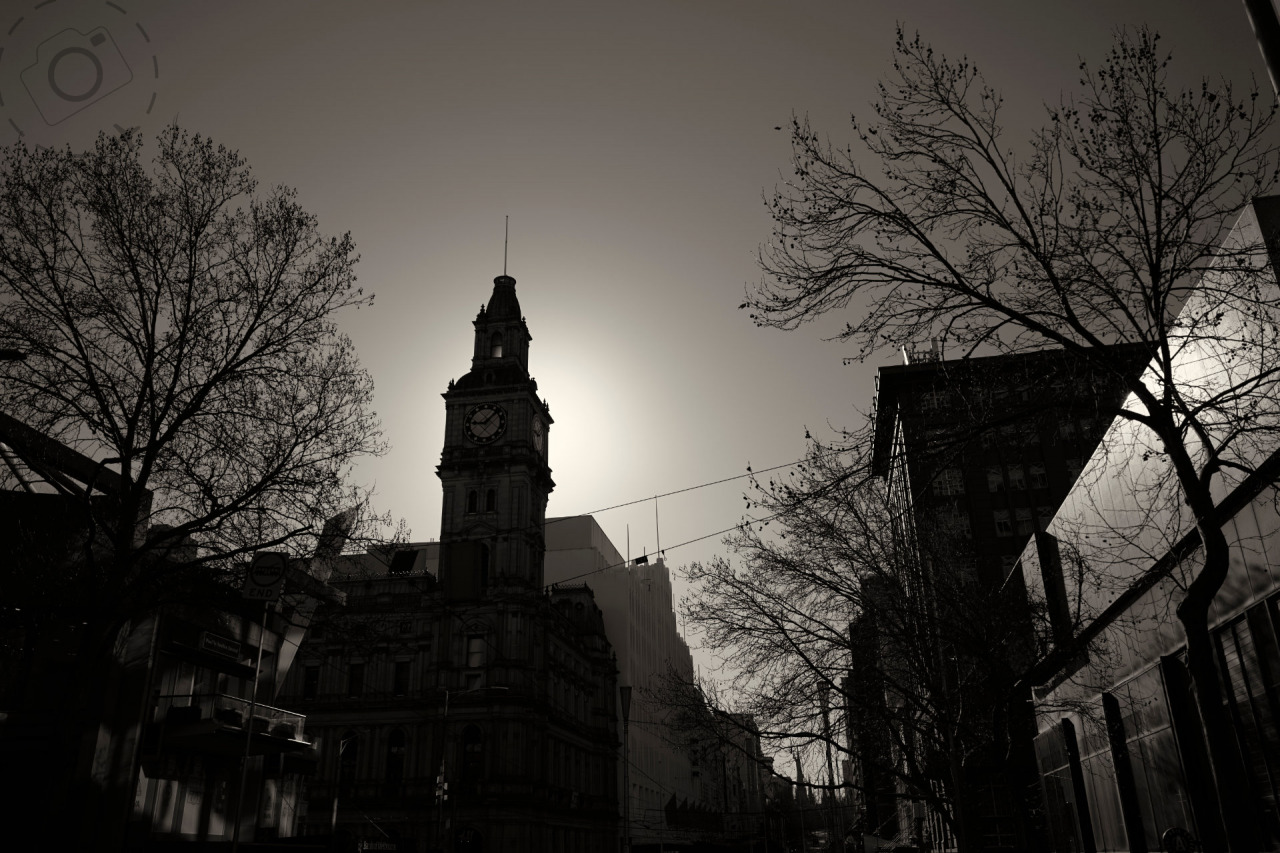
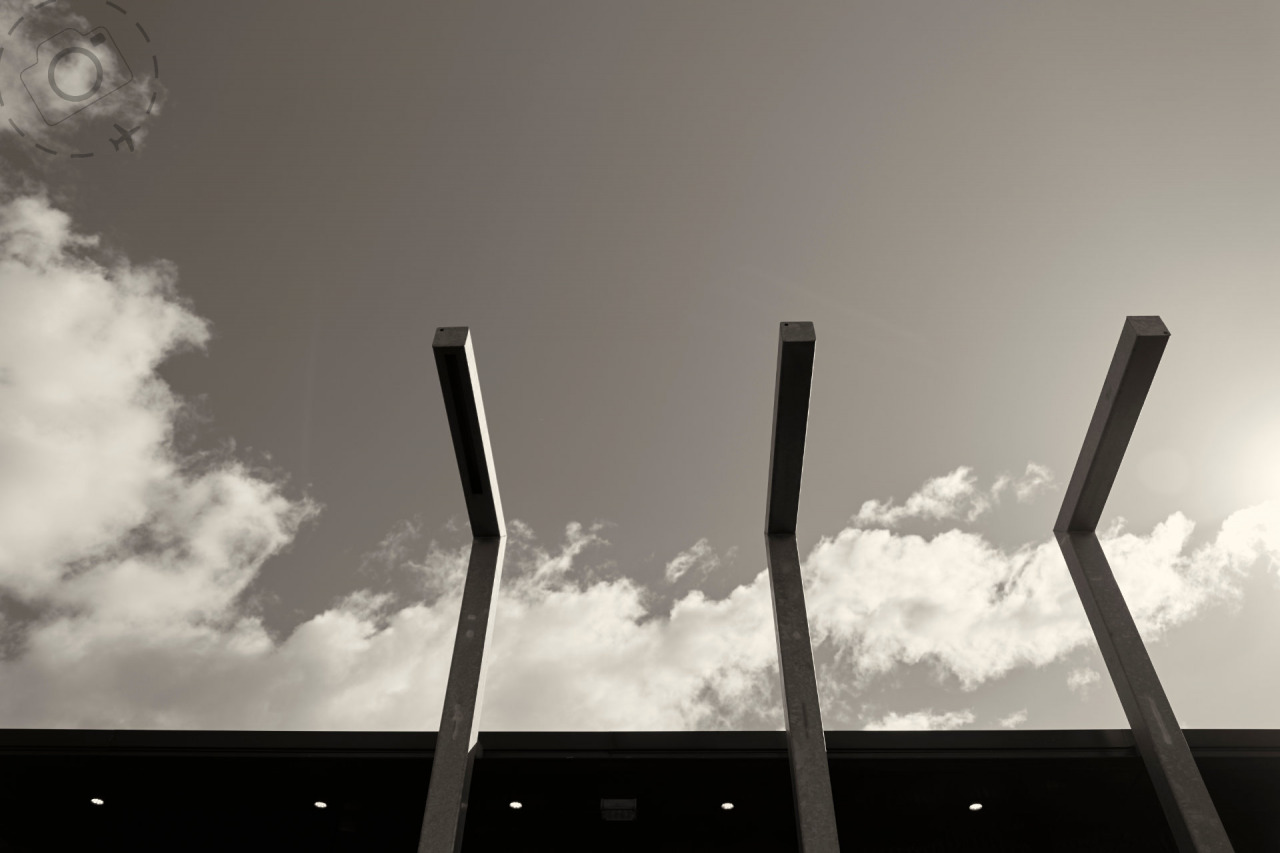
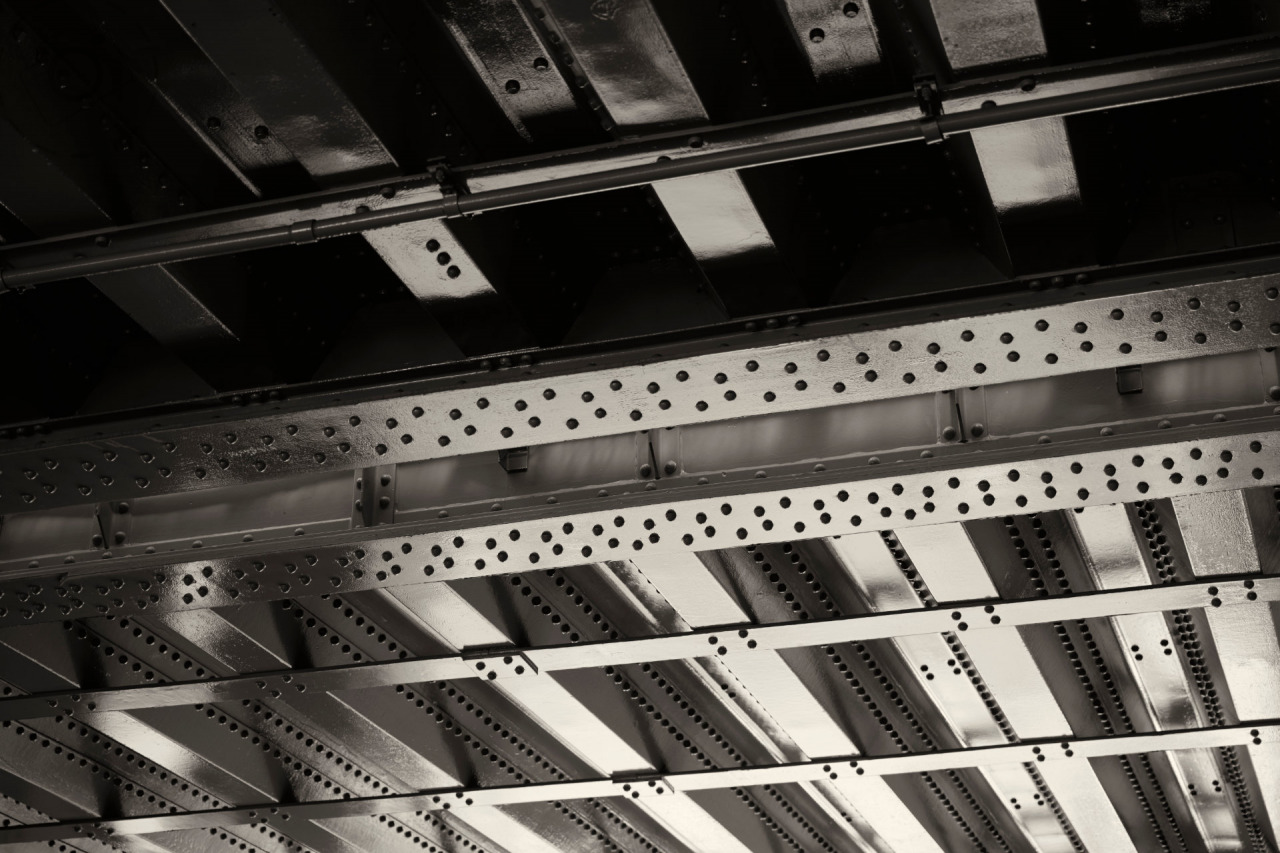
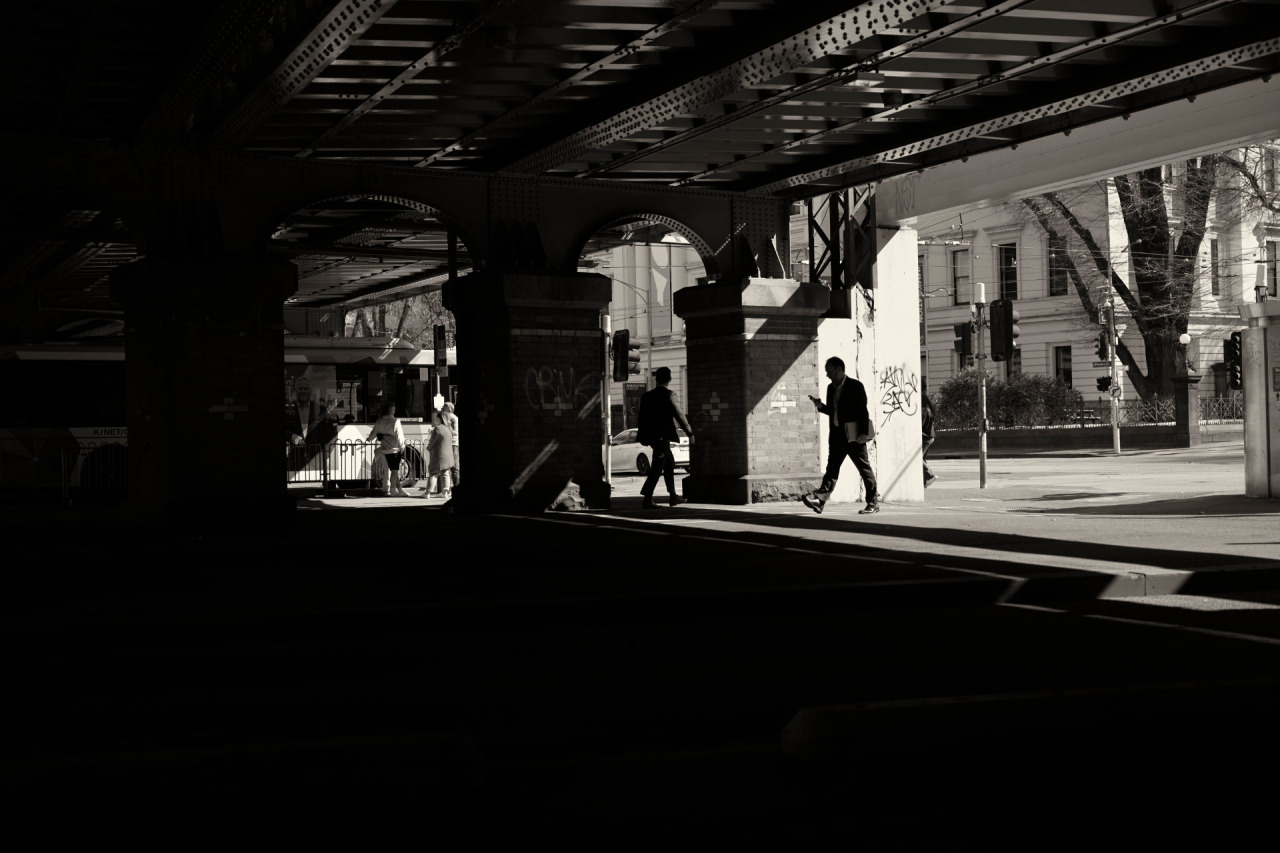
STREET WISE
My photographic style is to shoot back into the sun and I do this a lot. One of the key ways I achieve that result is shooting wide open and letting a fast aperture smooth out the sunlight for me. I like shooting fast as I can go. So f2.8 versus f4 gives me softer flaring and a little bit more character. And certainly on this lens, I've noticed you don't get ghosting in the way I see on a lot of other zoom lenses. They're doing something to keep that under control.
Below are a couple of shots to demonstrate. One of them is at f2.8 and the next is at f8 just to show you more clearly how much the scene changes as you stop down the lens. If you like sunburst and f8 is fine. If you like soft and dreamy, then f2.8 is gonna be your happy place.
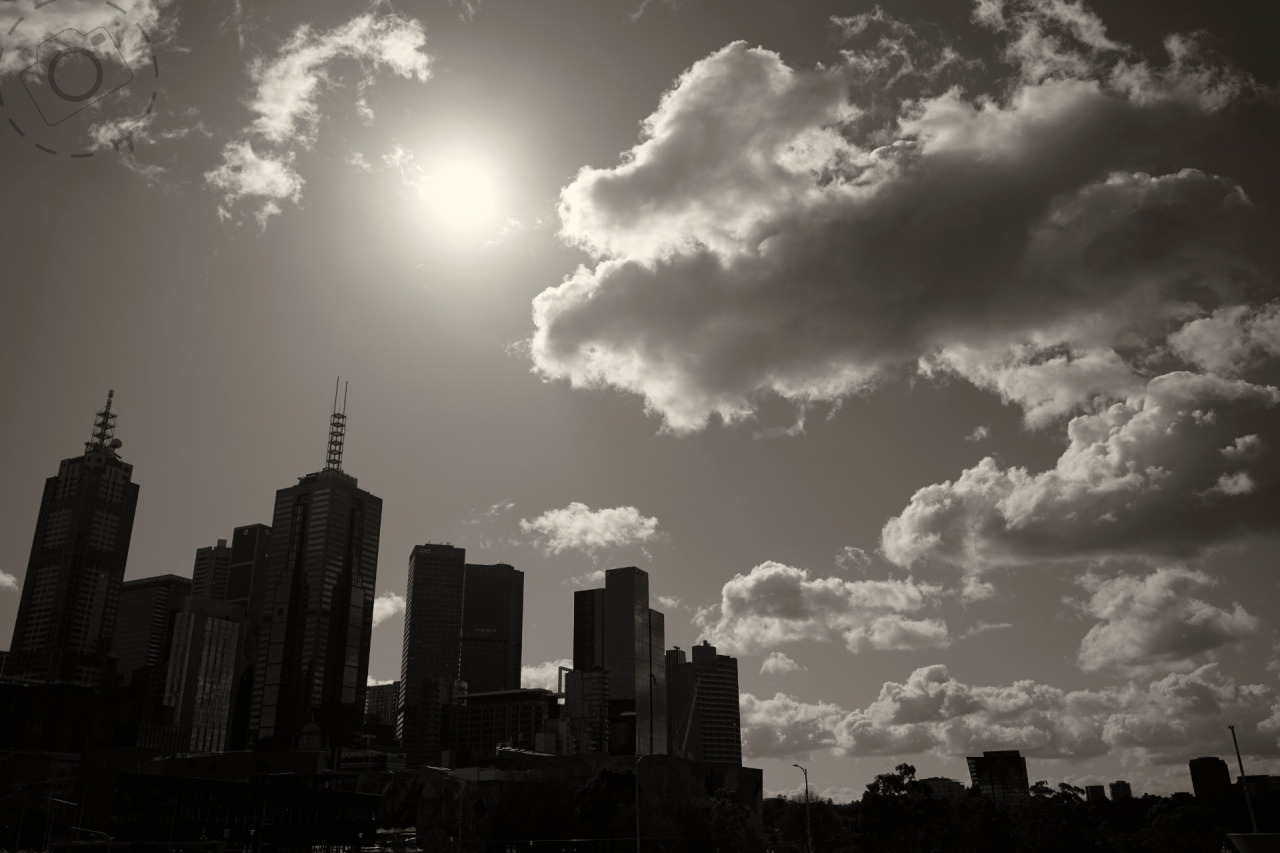
Sigma 28-105mm F2.8 DG DN ART
@F2.8
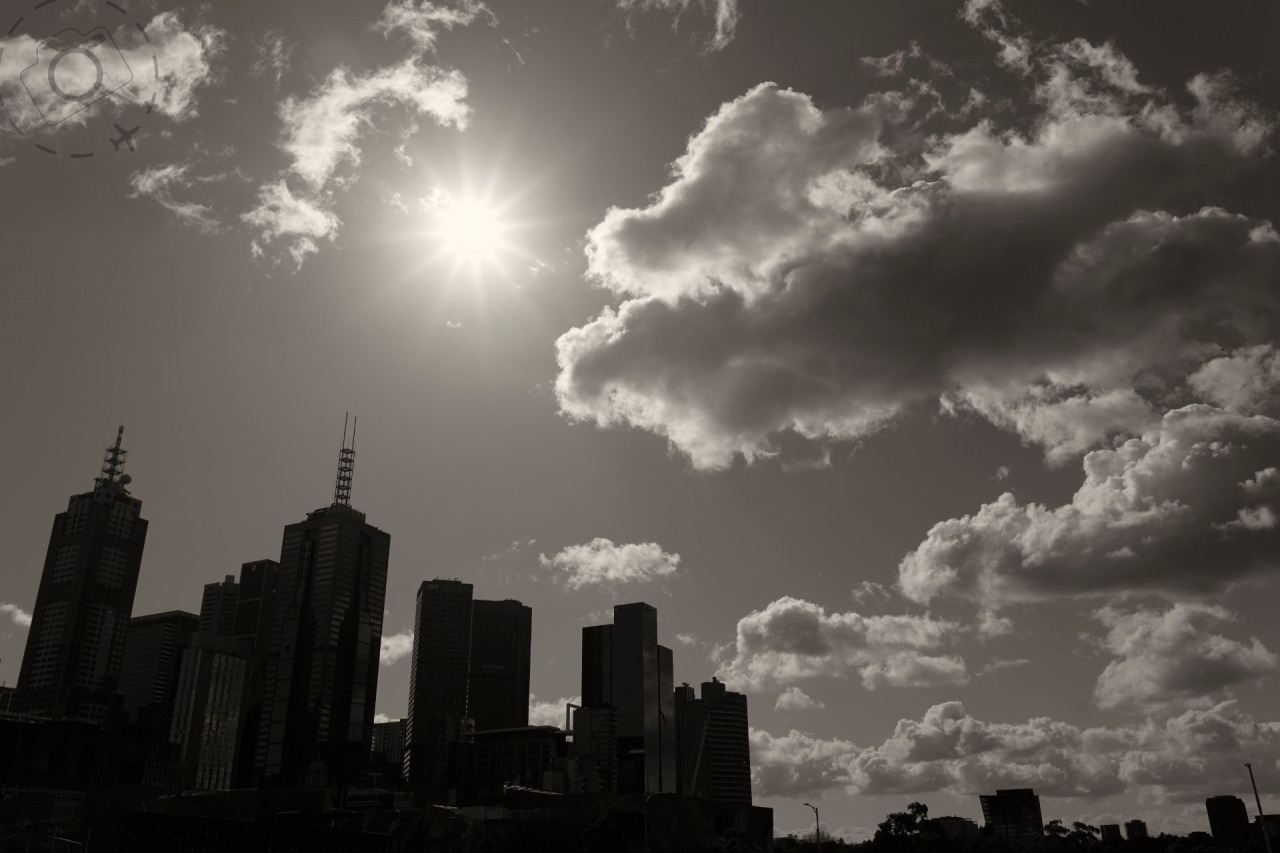
Sigma 28-105mm F2.8 DG DN ART
@F8
We also use this lens for filming interviews and it was really an ideal bit of kit for the job. We had low light situations indoors and a rapid shoot schedule. Not much time to setup or reset. With the Sigma 28-105mm F2.8 we had options to go wide on the scene or to punch in tight. Interviews are exactly when a zoom lens is handy for those very fine adjustments, to frame things so you get it just right. It's not hard to see why this lens will be popular for weddings and video and other situations where a mix of stills and videos is required. It offers you a little bit of flexibility and reach.
WIDE AND LONG
For sure this lens is hard to compare to other mid range zoons because it's 28mm instead of 24mm wide. The question is whether 28mm is wide enough? For some people the difference between 24 and 28 will really matter. For others however, especially professionals running around with two camera bodies, that's no big deal at all. In my case, I'll have the Sigma 14-24mm F2.8 mounted to one body and the 28-105mm on the other.
That extra reach at the telephoto end, compared to 24-70nn, is very much appreciated here. There's a genuine difference when shooting for compression at 105mm versus 70mm. On the streets you're getting much more compression and close up you're getting much more bokeh. And yes, this lens gets proper close. It's not macro, but it is close. The focus range stops around 1:3.1 when shooting at 105mm. That's great for flowers or some butterflies or just texture to compliment your landscape moments.
The biggest argument I get told for 24 millimeters in the zoom range is the idea that 24mm is wide enough for landscape photography. And that's where I disagree. 24mm is rarely wide enough for my landscape work. And that's why I like the 14-24mm when chasing some grand locations. I think if you want to shoot wide, then get a proper wide lens to do that job well.
Do keep in mind that there are often times when shooting landscapes that you might want longer than 24mm; for panoramic stitches, having something that can grab closeups of flora or step back into the mid range. It's super nice to have those options. This would be a very handy lens to take with me on my next outback trip or in the Arctic, especially given that it's weather sealed for extreme conditions.
But I will always enjoy that ultra wide 14-24mm zoom for those special moments when I'm working foreground composition.
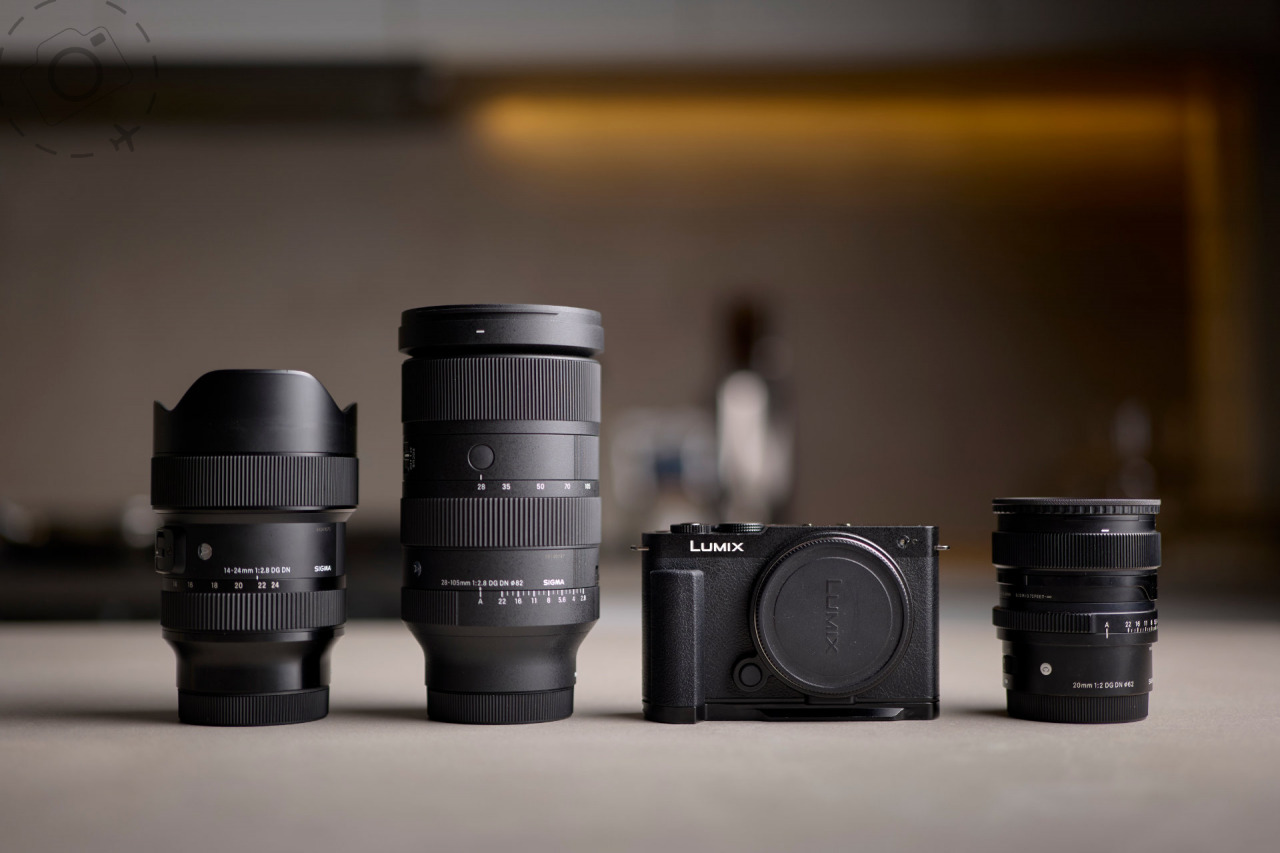
In order of appearance...
– Sigma 14-24mm F2.8 DG DN ART
– Sigma 28-105mm F2.8 DG DN ART
– LUMIX S9
– Sigma 20mm F2 DG DN Contemporary
FEATURES
There's a handful of controls on the barrel itself. You have the de-clicking on the aperture, which is very nice when you're shooting video and you want smooth iris adjustments. We've got an aperture-lock button as well, so you don't accidentally spin the aperture when you don't mean to. And there are two programmable AF buttons on the lens, which let you set things like Near-focus AF or just have quick access to ISO and shutter controls. You can set that in the menu with camera bodies like the S5II or S9.
The 82mm thread is consistent with some of the other Sigma zooms such as the 28-45mm F1.8 DG DN ART released earlier this year. You don't get any image stabilization here. Not that I noticed that on the LUMIX S5II, because it already has it in the camera body.
The first question lots of people ask is, is it heavy? And if you want to compare this lens to my 20mm F2 prime by Sigma, then sure it is. But, if you compare this to a 70-200mm F2.8, then no. This new lens is clearly smaller in comparison. It weighs less than a kilo.
FLORA AND FAUNA
The one thing you probably wouldn't expect to use this lens for would be for bird photography or wildlife, but Melbourne being Melbourne, it turns out that even 105mm can be pretty handy, and just plain pretty. It's springtime in Melbourne now and the parrots have arrived back in town. Even with a mere 105mm, you're in with a shot in this city. This is not the lens I would normally recommend for birds, but this was the lens I had on me today and I liked the results.
I liked the bokeh and the fast focus and the contrast that this lens is giving me.
I didn't go out looking for birds to shoot. I was actually chasing some flowers and 105mm is especially nice for that. This lens is close enough to have some fun and extract detail, but fast enough to enjoy the bokeh. It's not macro, just very close and very sharp.
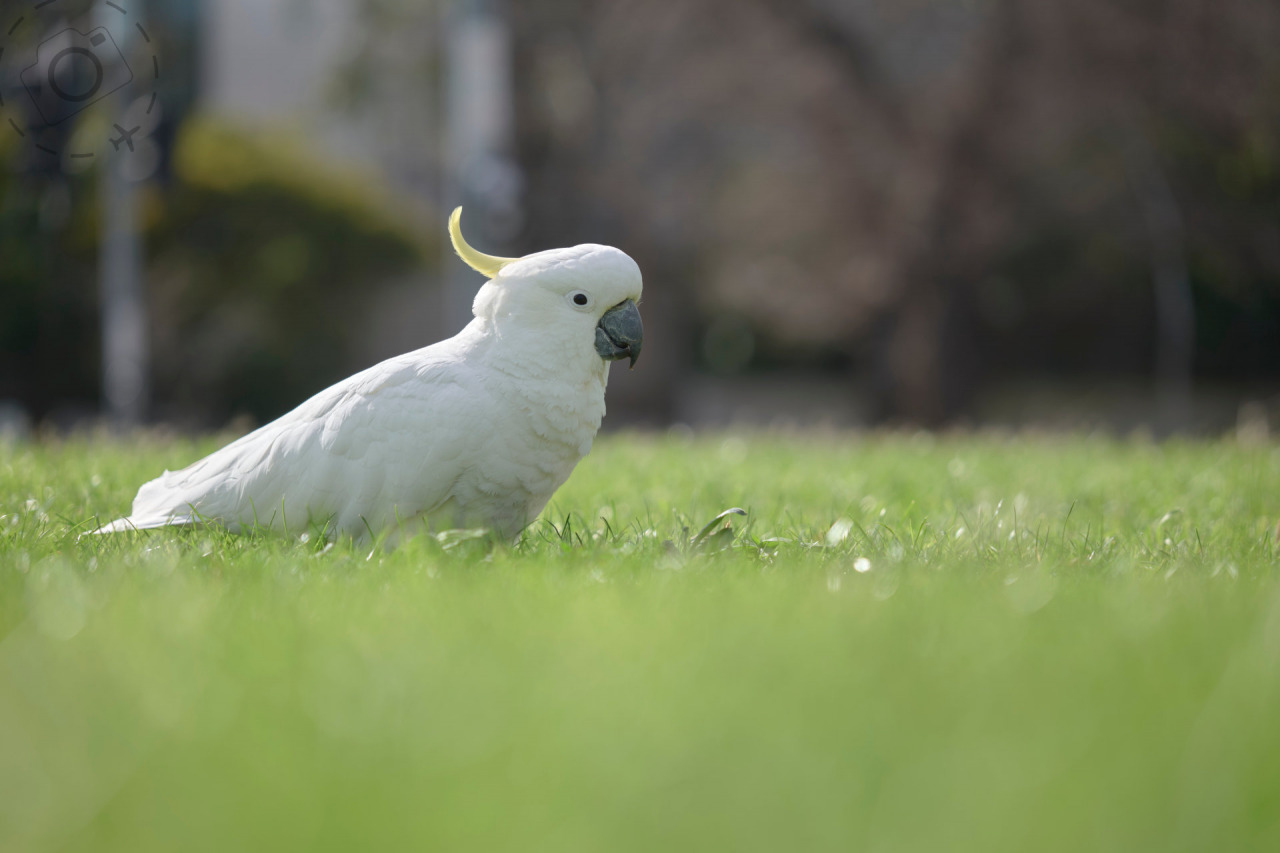
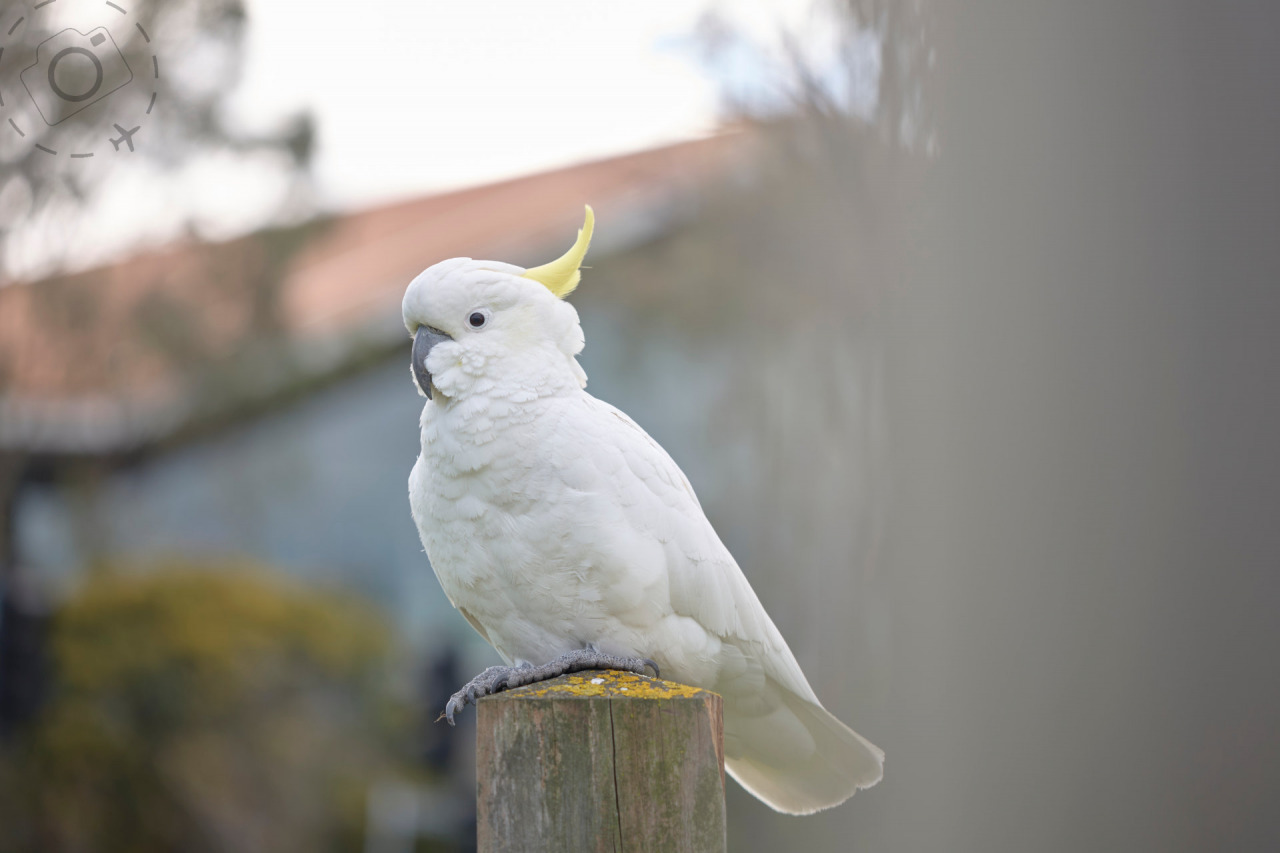
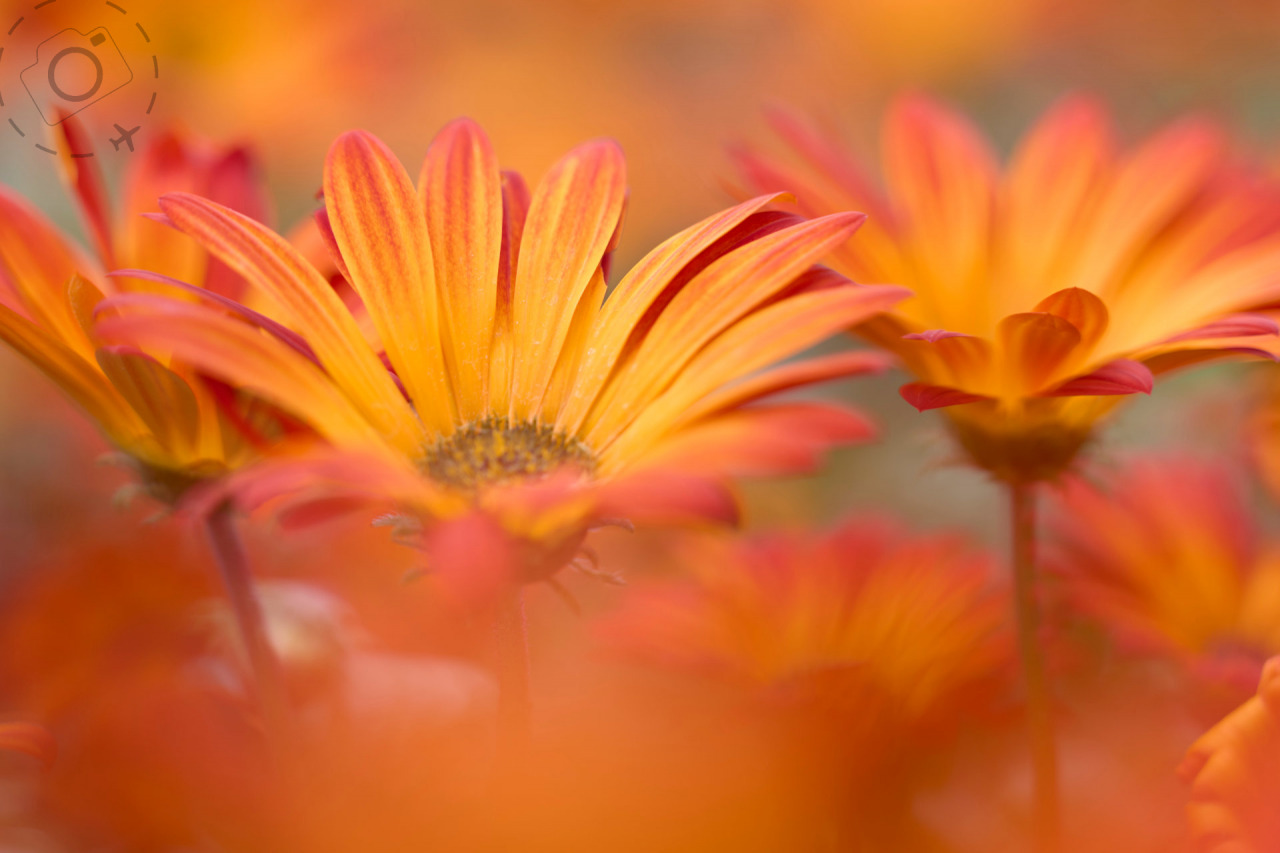
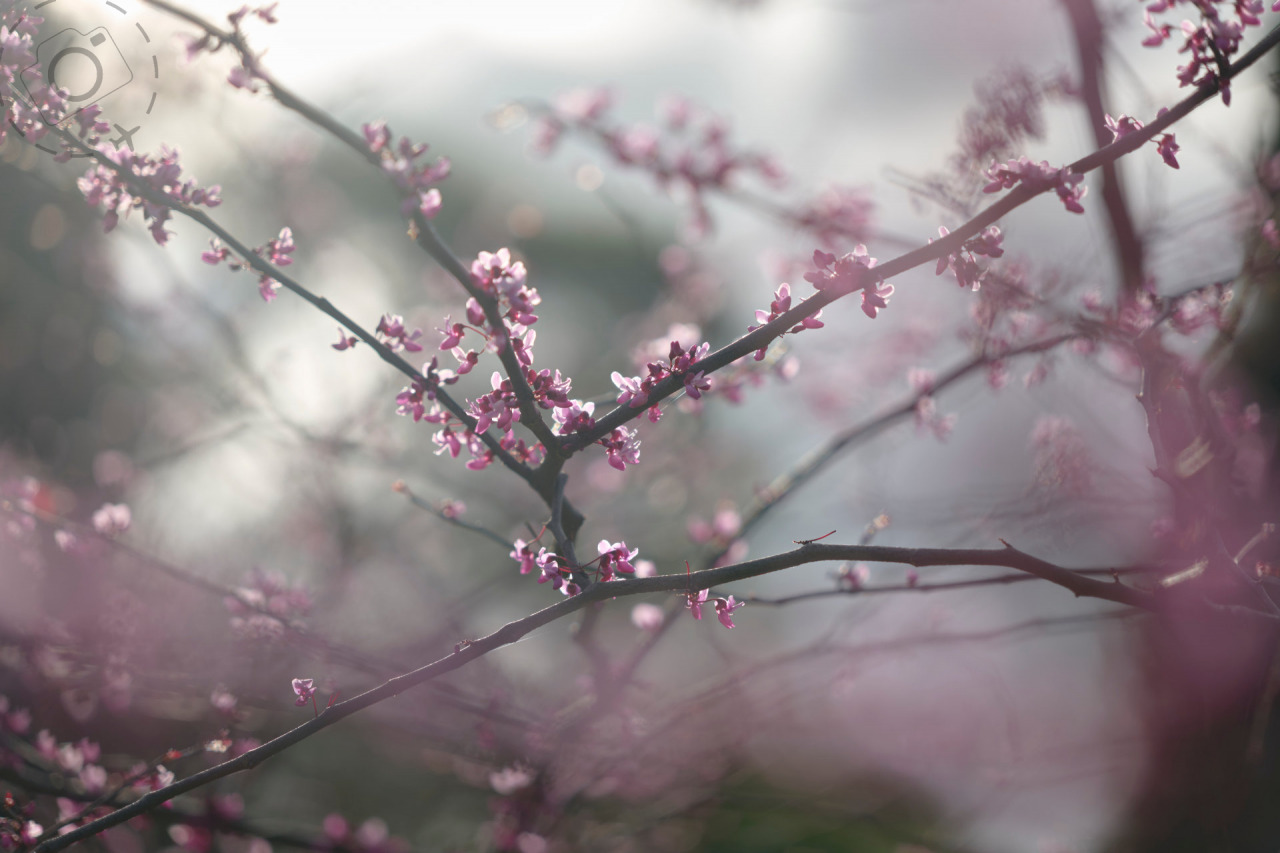
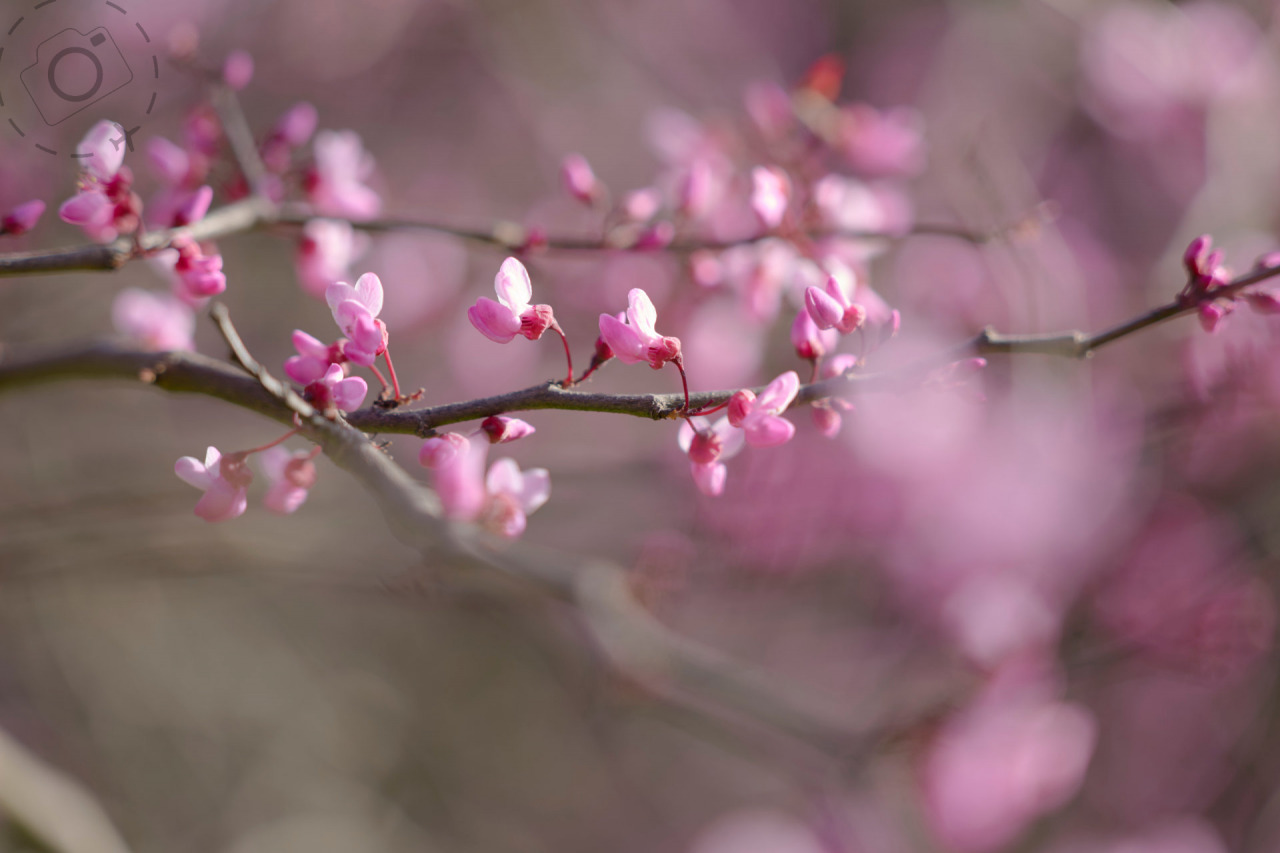
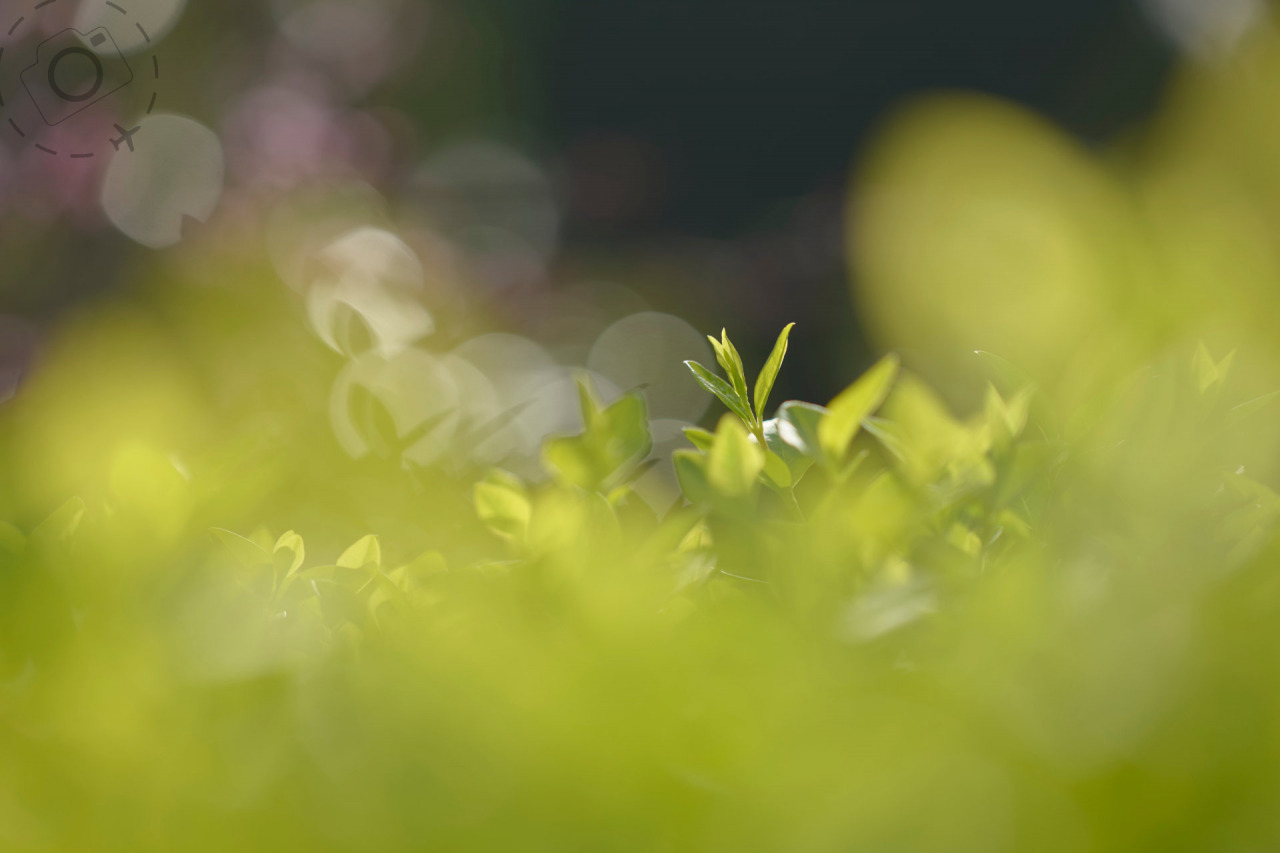
But that's exactly why I buy professional lenses. I expect a lot from them. The entire point of a fast 28-105mm is that it doesn't just do one thing well, rather it does a lot of things well. And it can be pushed all the way out to F2.8 anywhere in the zoom range and still delivers something very sharp and very bright.
And that's about everything you could hope for in a mid range zoom.
– Ewen

Keep Reading
Join Ewen's newsletter for monthly updates on new photography articles and tour offers...Subscribe Here

